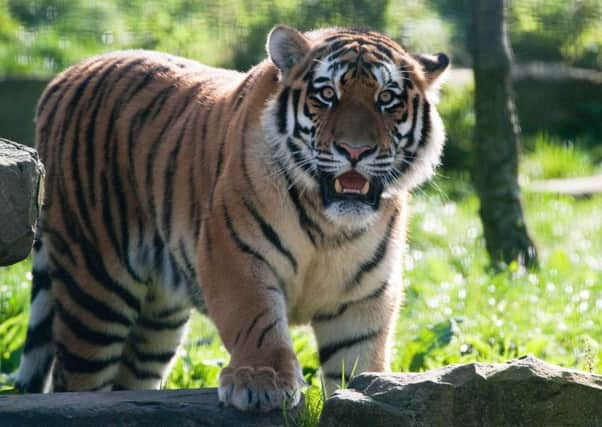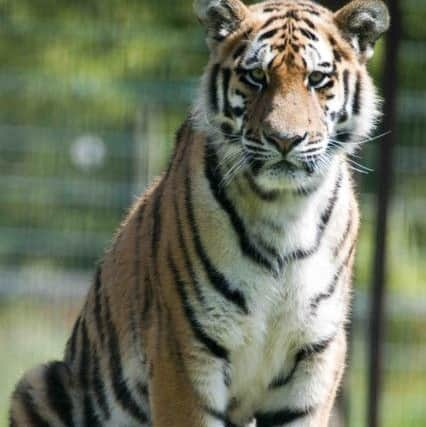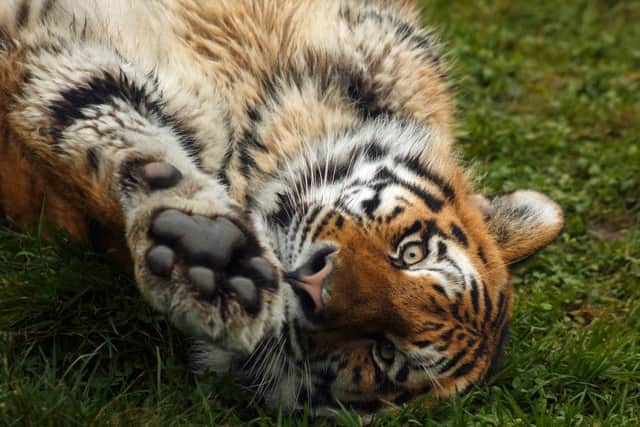Roar-revoir! Tiger Barney off to France


Two-year-old Barney will be sent to La Bourbansais in north west France to be with a new partner, where it is hoped they will breed and help protect his endangered species’ future.
His departure comes just months after his brother Radzi was moved to Portugal, and leaves only their parents Zambar and Alyona.
Advertisement
Hide AdAdvertisement
Hide AdSection head of large mammals at the East Park Drive zoo, Adam Kenyon, said: “It really is the end of an era here as we wave goodbye to our youngest tiger Barney.


“It was a monumental occasion when he and his brother were born in 2014 as they were the first tiger cubs to arrive in 18 years.
“In the wild they would naturally leave their parents at around this age so his move to France to be with a new partner is great timing.
“Both cubs will now play a vital part in the species’ breeding programme, which is fantastic. We are looking forward to hearing that Barney has settled in well.”
Advertisement
Hide AdAdvertisement
Hide AdEndangered Amur tiger Zamba arrived at the zoo in 2010 from Marwell Wildlife Park, where he was born and hand-reared after being rejected by his mother.


He was joined two years later by Alyona, who arrived from her birthplace, SafariparkBeeke Bergen in the Netherlands.
She gave birth to Barney and Radzi overnight on June 11, 2014, with the Big Cat House closed for five weeks to allow the new family to bond.
After five weeks, it was partially reopened to the public as the two youngsters began to explore.
Advertisement
Hide AdAdvertisement
Hide AdThe Amur tiger is the largest member of the big cat family. They are found in isolated populations around the Amur river valley in the far east of Russia and on China’s north-east border.
The wild population continues to be under threat due to habitat loss.